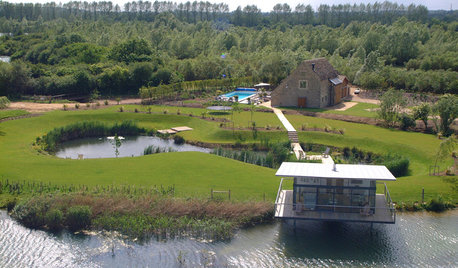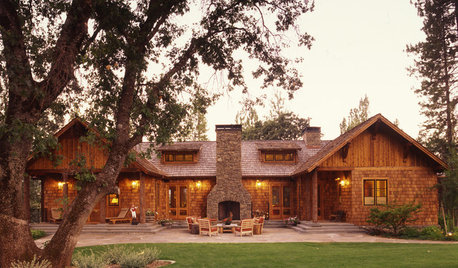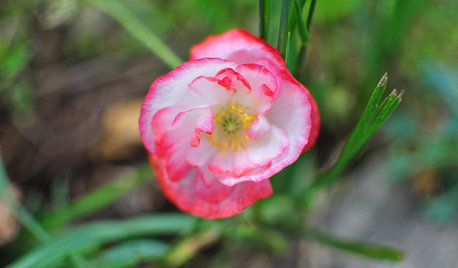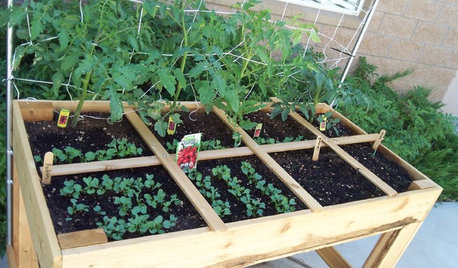Yield - Help!
Raw_Nature
11 years ago
Related Stories

RANCH HOMESHouzz Tour: Ranch House Changes Yield Big Results
An architect helps homeowners add features, including a new kitchen, that make their Minnesota home feel just right
Full Story
MODERN ARCHITECTUREHouzz Tour: Creative Thinking Yields a Lakefront 'Living Room'
Careful planning leads to a new structure and location for a stellar view
Full Story
ARCHITECTUREHouse-Hunting Help: If You Could Pick Your Home Style ...
Love an open layout? Steer clear of Victorians. Hate stairs? Sidle up to a ranch. Whatever home you're looking for, this guide can help
Full Story
LANDSCAPE DESIGNHow to Help Your Home Fit Into the Landscape
Use color, texture and shape to create a smooth transition from home to garden
Full Story
HOUZZ TOURSMy Houzz: Online Finds Help Outfit This Couple’s First Home
East Vancouver homeowners turn to Craigslist to update their 1960s bungalow
Full Story
KITCHEN OF THE WEEKKitchen of the Week: New Function, Flow — and Love — in Milwaukee
A traditional kitchen get an improved layout and updated finishes in a remodel that also yields a surprise
Full Story
CONTRACTOR TIPS6 Lessons Learned From a Master Suite Remodel
One project yields some universal truths about the remodeling process
Full Story
COLOR9 Monochromatic Rooms That Span the Rainbow
One color can yield infinite interest when it's done right — just hop on over the rainbow with us and see
Full Story
GARDENING GUIDESMid-Atlantic Gardener: What to Do in June
Abundant sun is yielding bountiful blooms in the garden this month, but don't forget to watch for pests, package some seeds and plan ahead
Full Story
GARDENING GUIDESMaximize Harvests With Square-Foot Gardening
This efficient edible-gardening technique can help people who are short on space
Full StoryMore Discussions








cousinfloyd
Raw_NatureOriginal Author
Related Professionals
Erie Landscape Architects & Landscape Designers · West Chester Landscape Architects & Landscape Designers · Woodinville Landscape Architects & Landscape Designers · Pottstown Landscape Contractors · Fountain Valley Landscape Contractors · Gainesville Landscape Contractors · Mequon Landscape Contractors · Munster Landscape Contractors · Parker Landscape Contractors · Streamwood Landscape Contractors · Tewksbury Landscape Contractors · West Chester Landscape Contractors · Winchester Landscape Contractors · York Landscape Contractors · Markham Landscape ContractorsBradybb WA-Zone8
cousinfloyd
Raw_NatureOriginal Author
spartan-apple